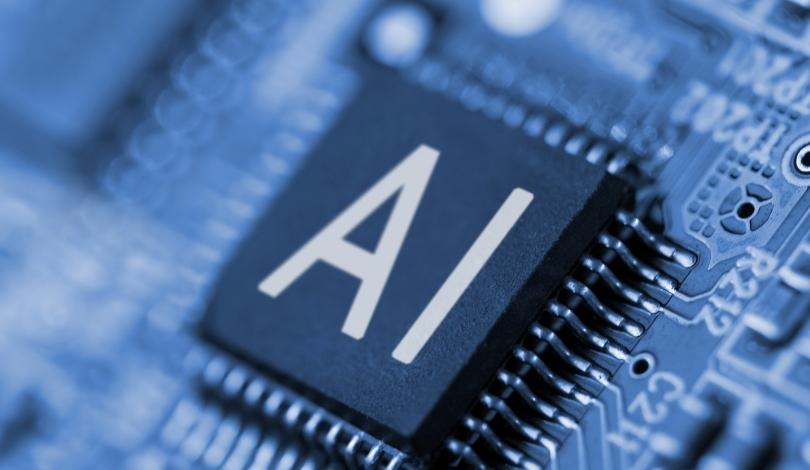Global enterprises are increasing investments in artificial intelligence, with IDC predicting worldwide AI and generative AI spending reaching $631 billion by 2028. Despite boardroom momentum and significant budget commitments, many organizations face obstacles that prevent AI pilot projects from becoming operational solutions. As expectations rise, many business leaders are re-evaluating how to bridge the persistent execution gap to derive real value from their initiatives. Concerns about speed, risk management, and operational effectiveness are pushing enterprises to reconsider structural and process-oriented barriers more critically than before. Enterprises are now paying increased attention to not just having AI strategies but also to implementing actionable pathways for success.
Across published industry reports over the past year, analysts have consistently highlighted the large number of AI projects that never migrate beyond the testing phase. Past discussions emphasized technology limitations or lack of AI expertise, yet newer findings stress that organizational workflow problems now overshadow these issues. Unlike earlier stages when regulatory uncertainty held center stage, current focus has shifted to practical deployment processes, operating models, and system integration. Estimates on deployment rates remain low, echoing continuous themes that robust governance and streamlined processes are key culprits behind project stagnation. Newer industry insights also show an evolution in budget allocation and leadership responsibilities as organizations learn from earlier bottlenecks.
What Is Stalling Enterprise AI Initiatives?
While enthusiasm for generative AI remains high, actual deployment numbers reveal a significant gap. According to the ModelOp 2025 AI Governance Benchmark Report based on input from Fortune 500 executives, more than 80% of enterprises report over 51 AI projects at the proposal stage, but only 18% have deployed more than 20 models in production. The journey from ideation to operations typically takes between 6 to 18 months, with many projects delayed or abandoned before completion. Delays lead to slower returns and diminished confidence among stakeholders, fundamentally limiting the value extracted from AI investments.
How Do Organizational Structures Impede AI Progress?
The primary roadblocks to AI operationalization are structural, rather than technical. Fragmented systems pose the largest challenge, with 58% of organizations identifying isolated and incompatible processes as major obstacles. Manual methods persist, with a majority using spreadsheets and emails for AI project intake, making scaling difficult and increasing error rates. Only 23% have standard workflows for development and management, requiring teams to custom-build solutions for each project. Additionally, just 14% perform oversight at the enterprise level, leading to repeated work and inconsistent supervision.
Are Enterprises Rethinking AI Governance?
Companies are moving away from viewing AI governance solely as a compliance task. Almost half now assign AI governance responsibilities to Chief Innovation Officers, signaling a reorientation toward leadership and strategic value instead of risk aversion. This shift is supported by budget decisions—36% of organizations dedicate over $1 million annually to governance software and more than half set aside funds for AI portfolio analytics. As one executive noted,
“When governance is integrated as a strategic pillar, we enable measurable value instead of bottlenecking progress.”
Standardization and automation, including central documentation and automated compliance checks, are becoming more prevalent among organizations that see greater success in production deployments.
Evidence from ModelOp’s research suggests that organizations adopting structured, automated governance platforms gain immediate benefits—financial services firms report halved time-to-production and dramatic reductions in issue resolution after implementing such practices. The capacity to manage more models simultaneously without sacrificing control stands out as a major advantage, particularly for organizations operating multiple business units. Organizations maintaining fragmented or ad hoc workflows, by contrast, continue to struggle with efficiency and experience slower time-to-value. The ability to scale effectively without compromising reliability is emerging as a new marker of AI maturity and resilience.
Focusing on structural integration and standardization provides a foundation for companies seeking to realize returns on rising AI investments. Regular audits, process harmonization, unified governance platforms, and centralized oversight enable organizations to reduce execution bottlenecks. Prioritizing leadership alignment and dedicated governance budgets appears to enhance both operational agility and regulatory compliance. For readers considering next steps in enterprise AI, practical advances come from strengthening these core operational disciplines rather than relying solely on new technologies or larger investments. Staying adaptable to regulatory and market trends, and establishing internal expertise in governance, will strengthen the likelihood of meaningful, scalable success.










